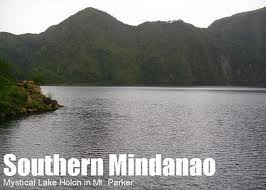Chapter 2 - Ilocos
Chapter 3 - Cagayan Valley
Chapter 4 - Central Luzon
Chapter 5 - Southern Tagalog
Chapter 6 - Bicol
Chapter 7 - Western Visayas
Chapter 8 - Central Visayas
Chapter 9 - Eastern Visayas
Chapter 10 - Western Mindanao
Chapter 11 - Northern Mindanao
Chapter 12 - Southern Mindanaonao
Chapter 13 - Central Mindanao
Chapter 14 - Caraga
Chapter 15 - CAR - Cordillera Administrative Region
Chapter 16 - ARMM - Autonomous Region of Muslim Mindanao
Chapter 17- NCR - National Capital Regoin
Literature as a Platform in Education for Sustainable Development
IV. Reflection in Literature
V. Integration of Education for Sustainable Development to Literature











